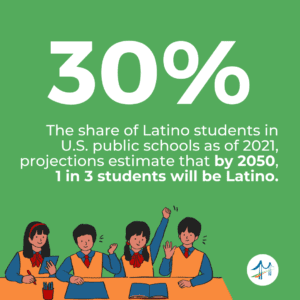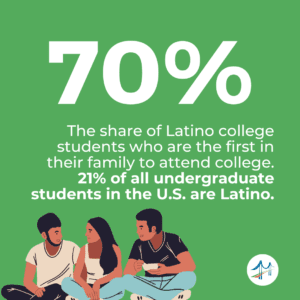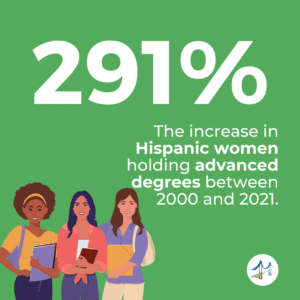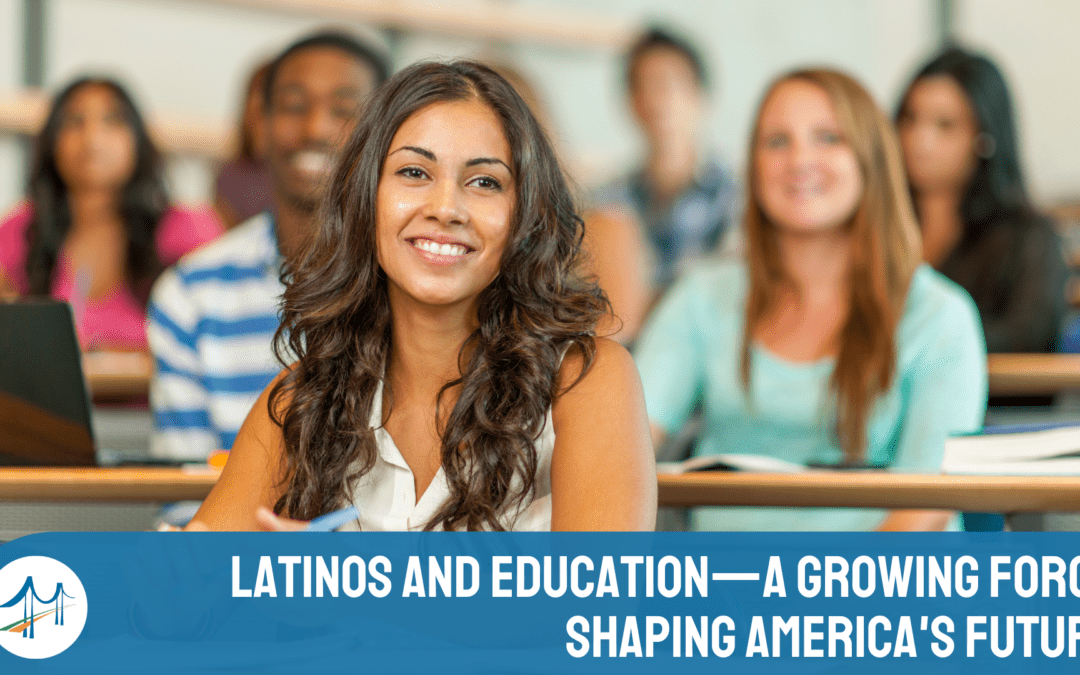Latino students are playing an increasingly important role in the U.S. education system. As the Latino participation increases in both K-12 and higher education, they are shaping the future of America’s classrooms and beyond. Understanding the needs and challenges of Latino students is essential for educational institutions and organizations looking to engage with this community effectively.
Key Facts on Latino Representation in U.S. Education
Per Unidos US, Latinos already make up a significant share of the student body in the U.S. As of 2021, 27% of students enrolled in public PreK–12 schools were Latino. By 2050, 1 in 3 students in the U.S. will be Latino, reflecting a major demographic shift that will continue to impact educational institutions.

Alongside this growing presence, 5 million students in the U.S. are English learners (ELs), and 77% of those English learners are Latino. This indicates a clear need for robust bilingual education programs and additional resources for English learners to ensure that Latino students receive the support they need to succeed academically.

Latinos in Higher Education: Growth and Challenges
Latino students have made substantial progress in higher education. In 2021, 21% of the 16.6 million students enrolled in undergraduate programs were Latino. However, despite this significant representation, challenges remain, particularly for first-generation college students, who make up 70% of Latino college attendees. First-generation students often face unique challenges navigating college systems without family experience to guide them.
Another ongoing issue is the college completion gap. Only 54% of Latino students graduate from four-year colleges within six years, compared to 64% of White students. This gap highlights the need for targeted retention programs that address the specific hurdles Latino students face in higher education.
The 2024 Latinos in Higher Education Report also emphasizes that Latino males are underrepresented in college enrollment, even though they represent a large share of the traditional college-age population. In 2021, Latino males made up 24% of the college-age population but only 40% of Latino college enrollees.
Latinos and Graduate Education
Latinos have made impressive strides in graduate education. By 2021, nearly 2.5 million Latinos held advanced degrees, a significant increase from the 710,000 Latinos with advanced degrees in 2000. Despite this growth, Pew Research reports that Latinos still represent only 8% of all advanced degree holders, far below the 19% share of the U.S. population.
Hispanic women are driving this growth, with a 291% increase in advanced degree attainment from 2000 to 2021. Hispanic men have also made progress, with a 199% increase during the same period
However, the 2024 report indicates that Latinos are still underrepresented in STEM fields, with only 20% of Latino students pursuing degrees in STEM areas, compared to 35% of Asians and 22% of White students.

Engaging Latino Students in Education
As the Latino student population continues to grow, it is critical for organizations, businesses, and policymakers to engage with this community in meaningful ways. Here’s how:
- Cultural Competence: Schools and organizations must prioritize cultural competence by addressing language barriers, supporting first-generation students, and ensuring that Latino students see themselves represented in educational leadership. This not only improves educational outcomes but also creates a more inclusive environment for all students. Consider supporting Hispanic Serving Institutions, which currently produce over 70% of all Latino undergraduates.
- Affordability and Financial Aid: Latinos are highly dependent on federal financial aid, with 49% of Latino students receiving Pell Grants. Understanding the financial challenges faced by Latino students and providing adequate support is crucial for improving access to higher education.
Latino students are a driving force in the future of U.S. economy, and their influence will continue to grow in the coming decades. Latinos are expected to comprise 30% of the U.S. workforce by 2050, making their educational success vital to the country’s economic future. Ensuring that Latino students have the resources to complete their education will directly impact the nation’s workforce readiness. Educational institutions, organizations, and businesses can leverage this demographic shift by engaging with this community and empowering Latino students and their families. Don’t know where to start? Give us a call!
Image source: College Students by ©Fat Camera from Getty Images Signature


